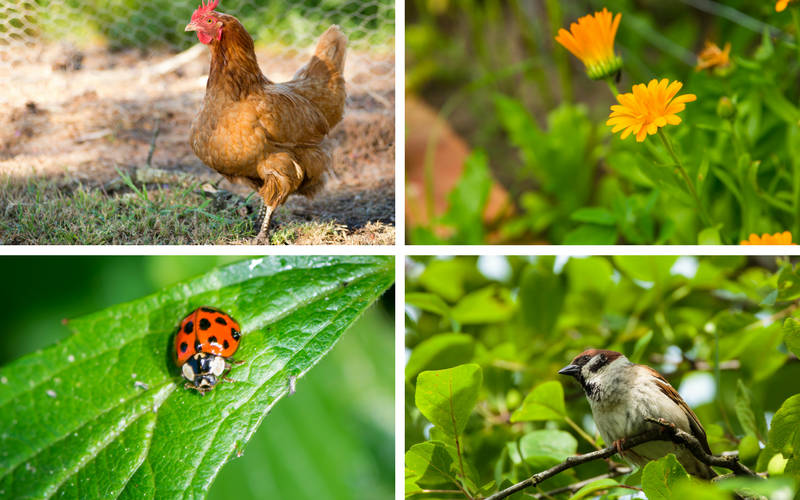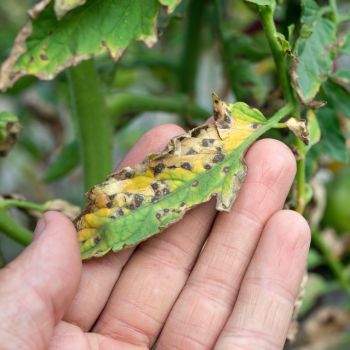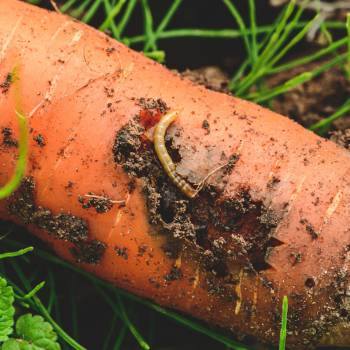Integrated pest management (IPM) is an ecosystem-based strategy that focuses on long-term prevention of pests or their damage through a combination of techniques such as biological control, habitat manipulation, modification of cultural practices, and use of resistant varieties. Sounds a bit technical but it’s definitely not ‘rocket science’. It is used on a lot of farms and is one of the thrusts behind Permaculture. It is sustainable and we can apply it in our home vegetable gardens easily. I have included some suggestions below:
- Plant 'host plants' such as herbs and ‘daisy’ type plants in and around our vegetable garden. It is mostly the larva of beneficial insects that feed on pests. Host plants provide food for the adults
- Rotate crops so pests and pathogens don’t build up in the soil. The chance of a pest or pathogen build up in the soil is greatly reduced by rotation.
- Plant repellents such as marigolds to control nematodes in carrots. Marigolds give off a substance from their roots that deter nematodes.
- Plant small native shrubs in our garden to provide food and habitat for small birds. They will clean up a lot of pests. Many gardens are very low on or devoid of small habitat plants for small birds. These habitat plants provide food, shelter and nesting sites for small birds
- Monitor the presence of pests. Often an infestation will be small and maybe controlled naturally over a few days. Don’t rush for the spray! Monitoring pests such as aphids for a few days will establish if numbers are increasing or not. If you find some of the aphids are golden brown or black you will know that minute wasps have parasitised them. If you see ladybirds you will also know that the beneficials are working. A ladybird larva can eat sixty aphids in a day!
- If you have to use sprays make sure they are natural, with the least toxicity possible, and only spray the affected plants. Many sprays, including ‘natural’ ones are not selective and will kill all insects. Blanket spraying is not necessary in a backyard garden. Only spray affected plants if you have to.
- Knowing the pests lifecycle will also help as we can plant things when the pest is not around. Growing salad greens in the summer months and Brassicas (cabbages, etc.) in the winter months will reduce the need to have to control white butterfly as it is too cold for them
- Select your site, if you can. Choosing a sunny site with good air circulation will control a lot of fungal conditions. Watering at the roots in the morning will also help as wet leaves overnight will encourage fungal development.
- Practice good hygiene, watering and fertilising. Plants will be more resistant to attack if they are healthy. Plenty of compost or manure, good deep watering will contribute to healthy plants. Sterilise secateurs and other cutting tools with methylated spirits will reduce disease transmission. If you are a smoker wear gloves when working with tomatoes especially as they can get tobacco mosaic virus from your hands.
- Use traps. Pieces of yellow plastic smeared with petroleum jelly will trap white fly. They are attracted to the bright colour. Traps can also be used to trap pests by luring them to their doom.
- Use chooks. Chooks can clean up a lot of pests. Supervise ‘parole’ periods will do wonders. They can be very destructive so need management!






